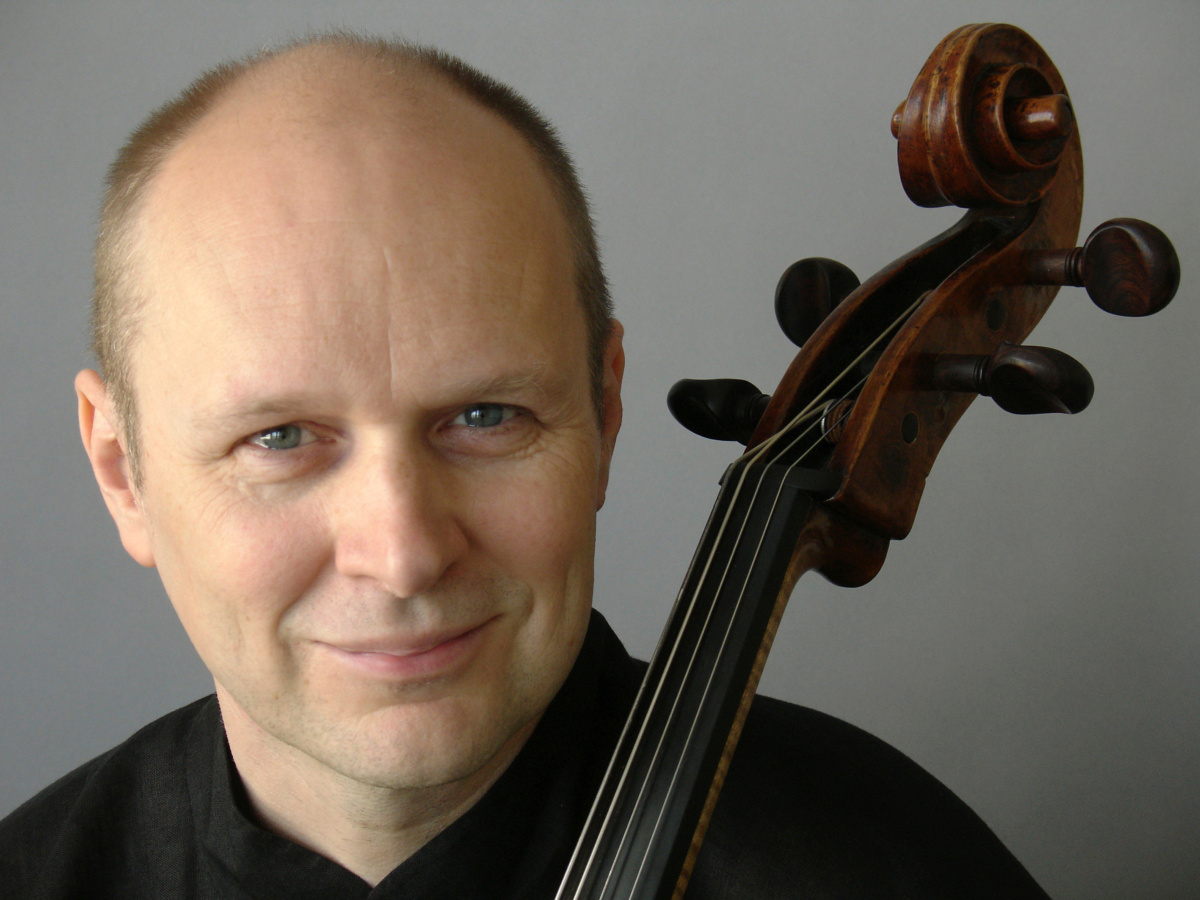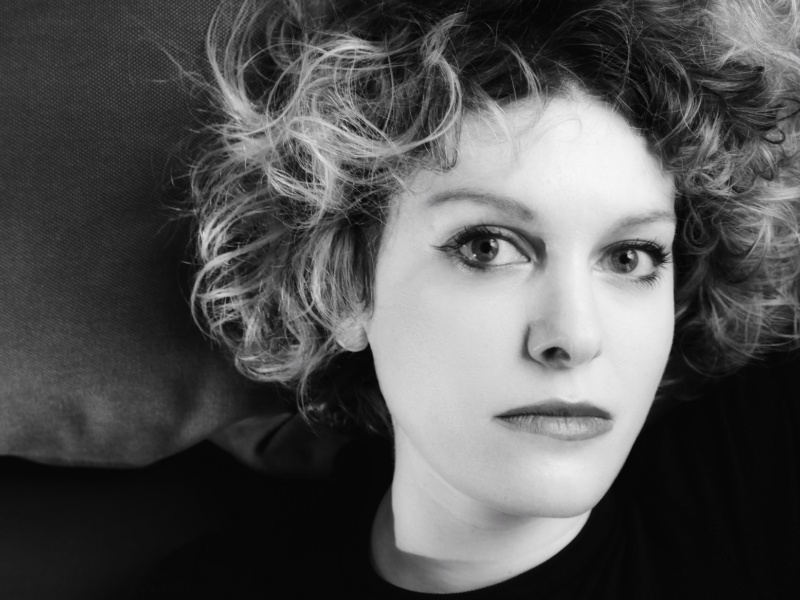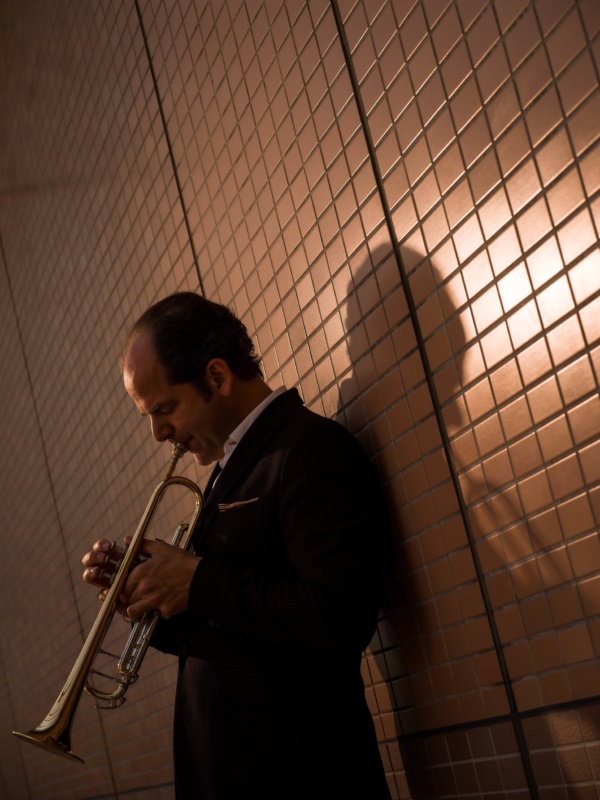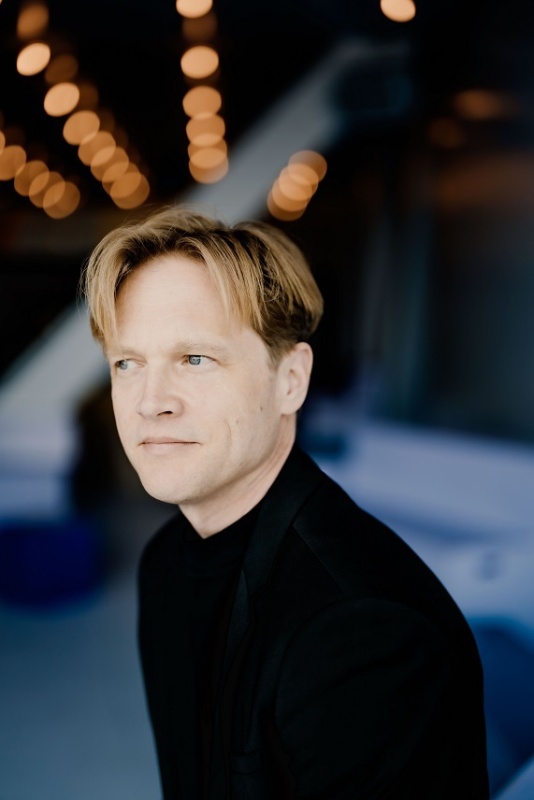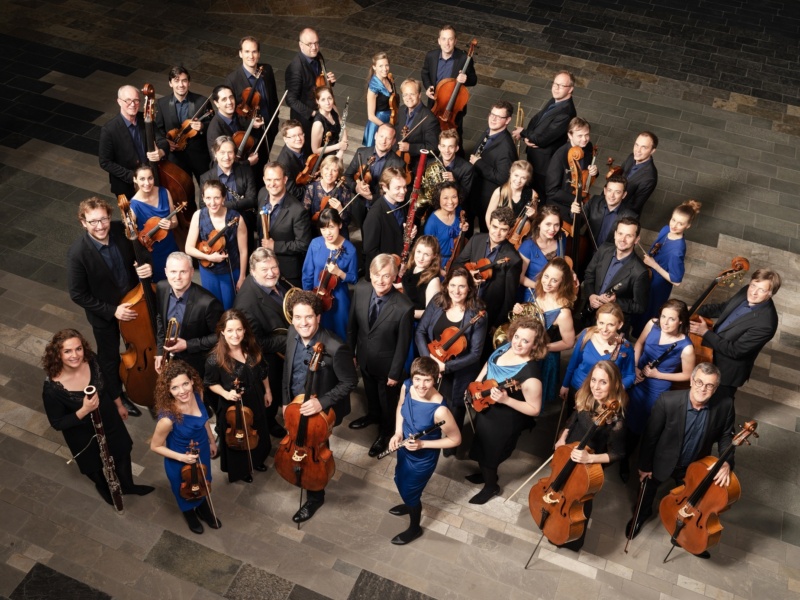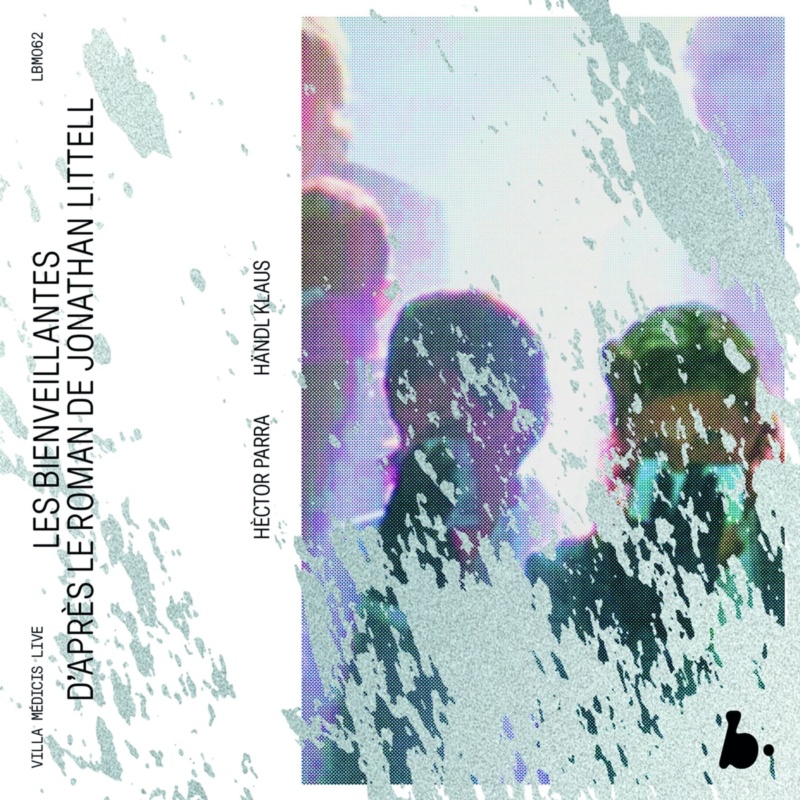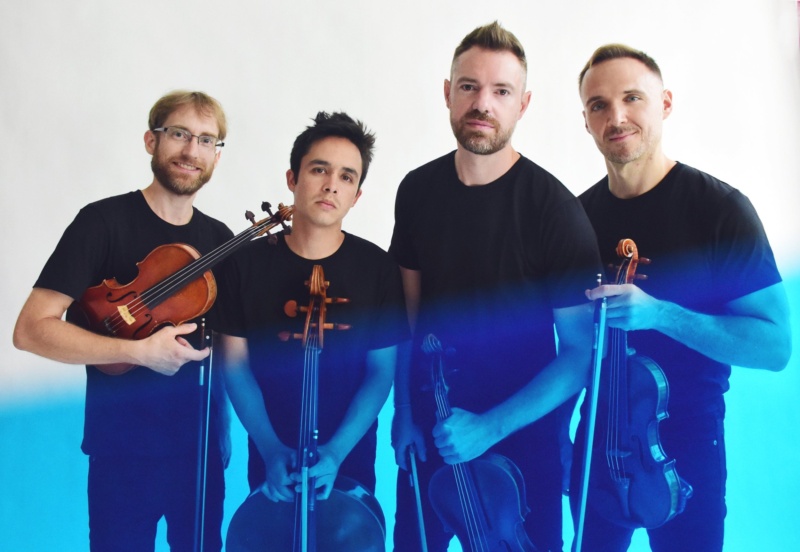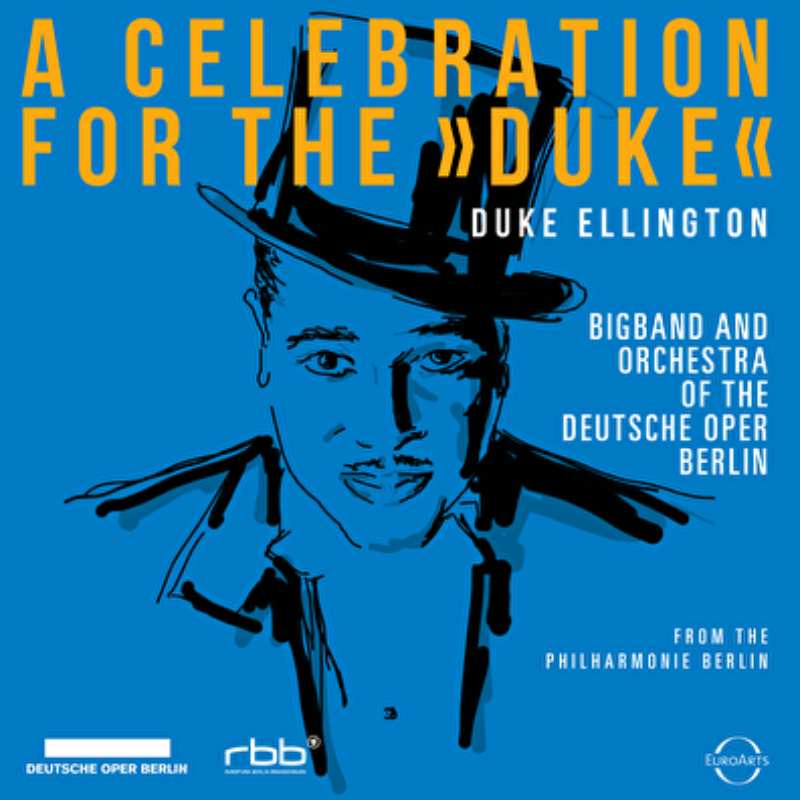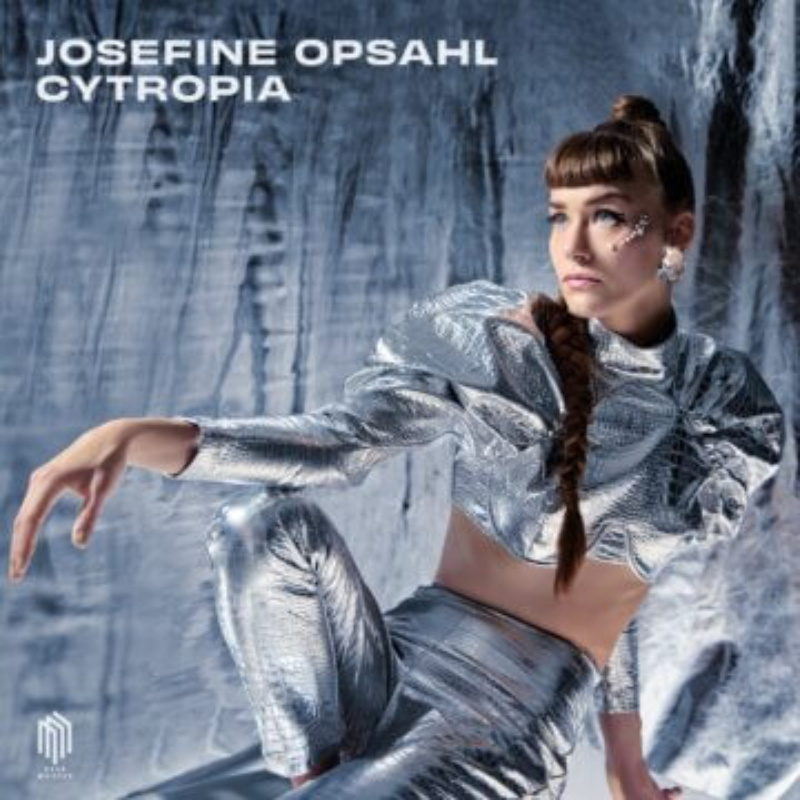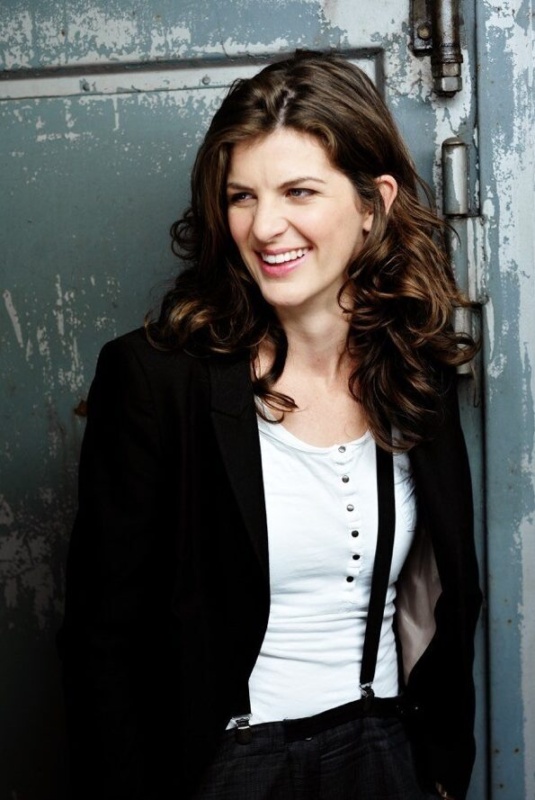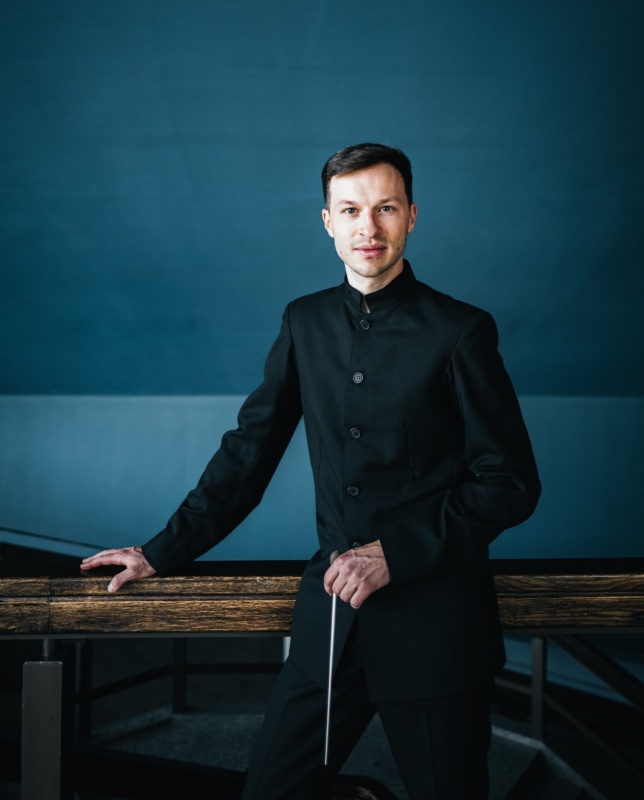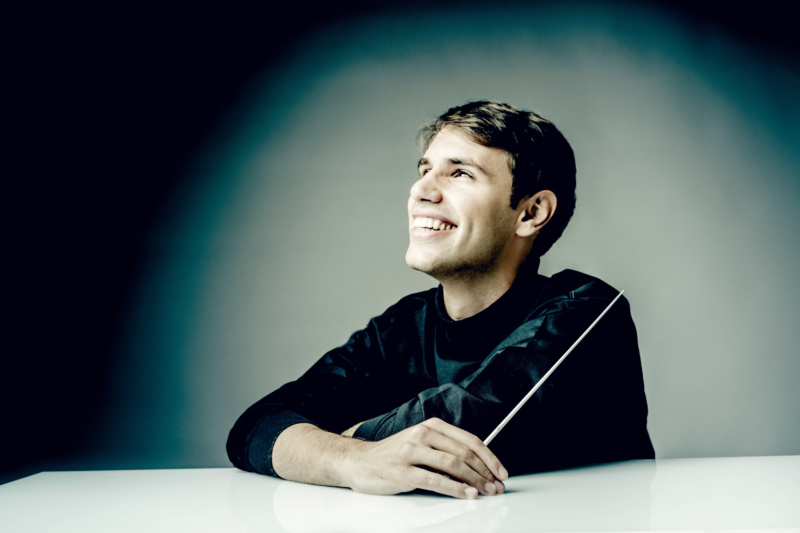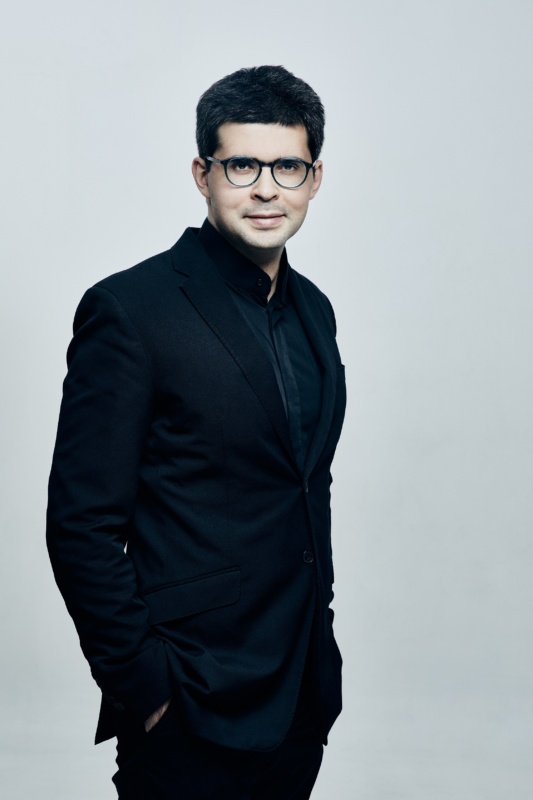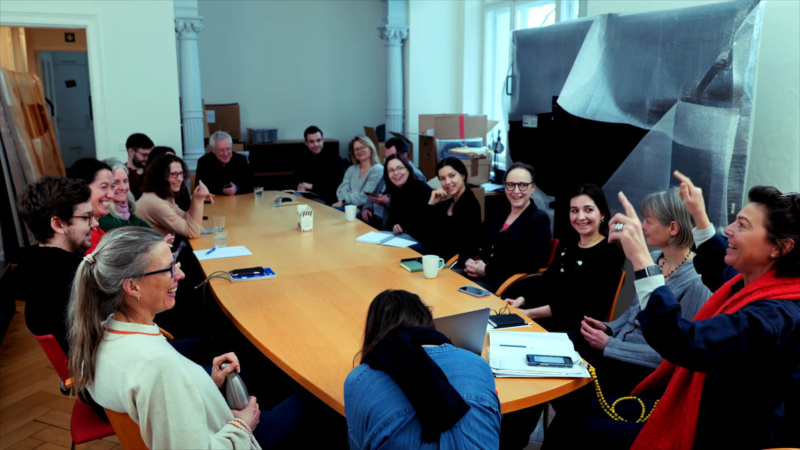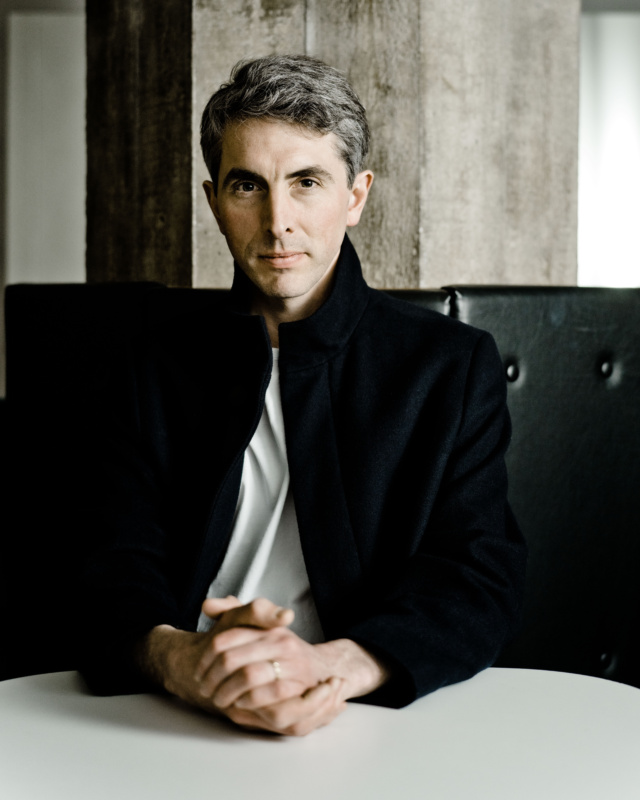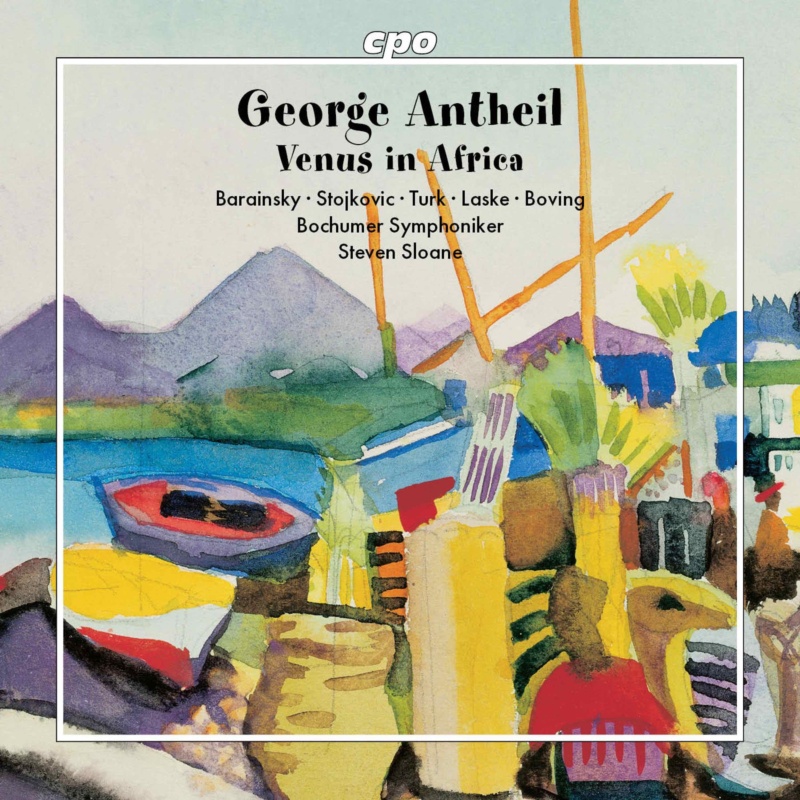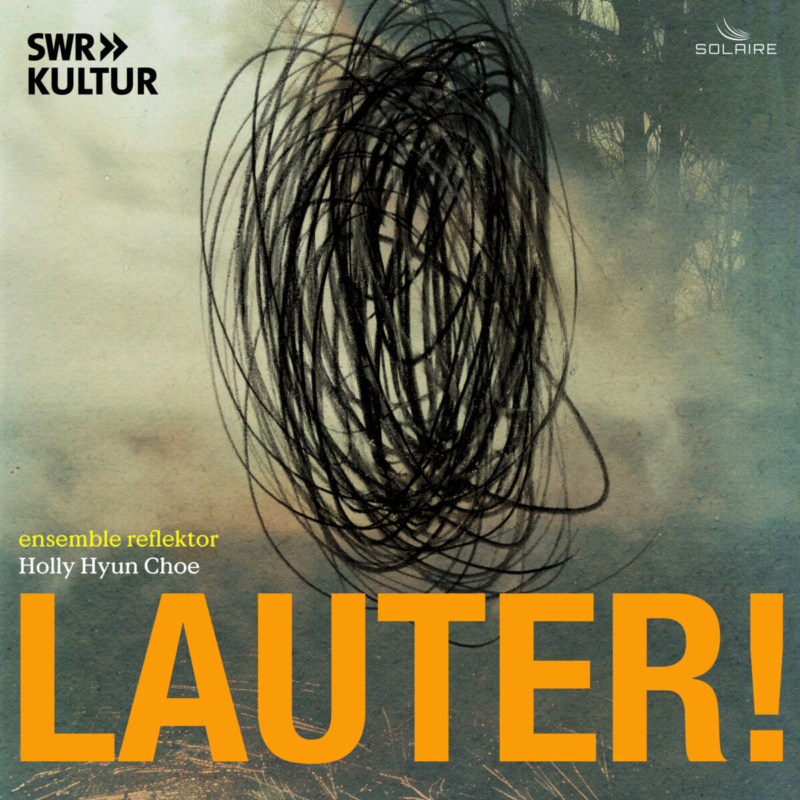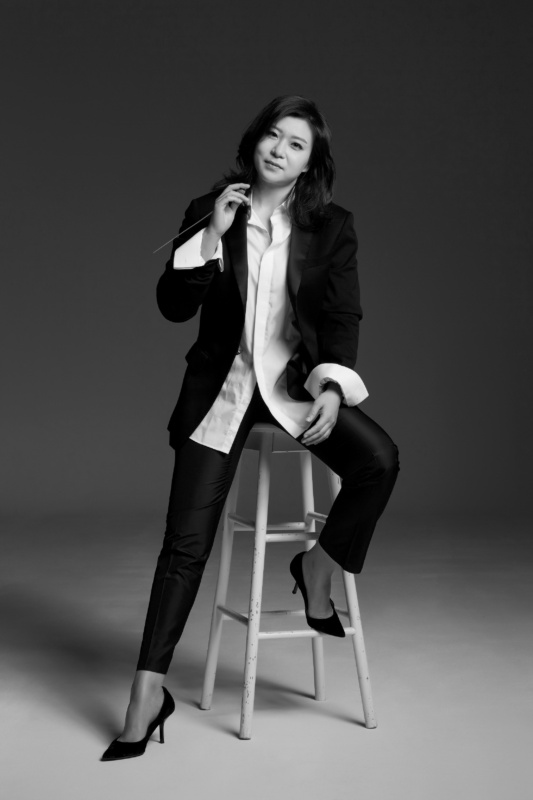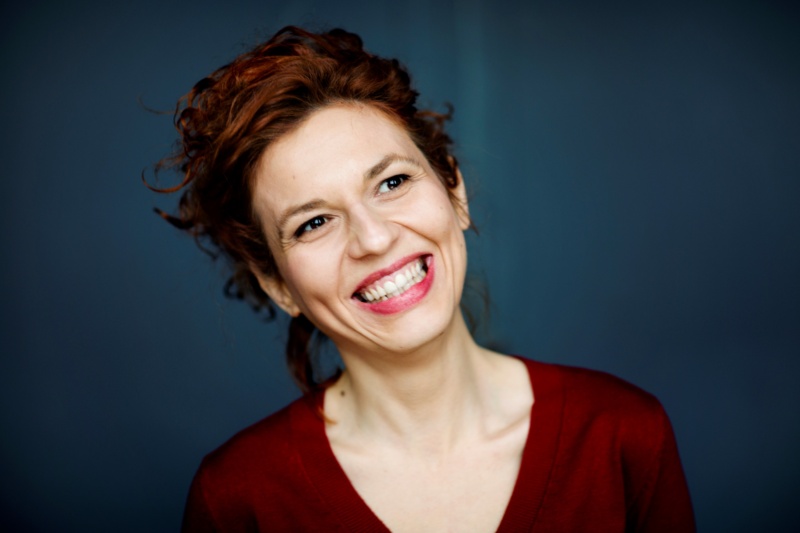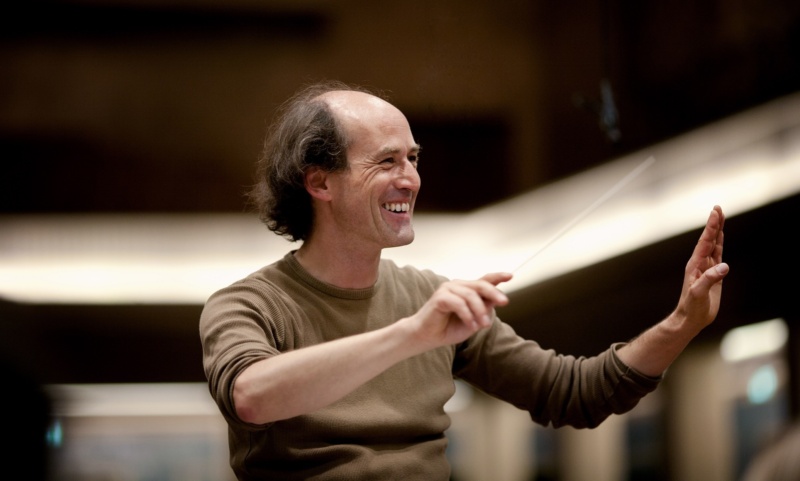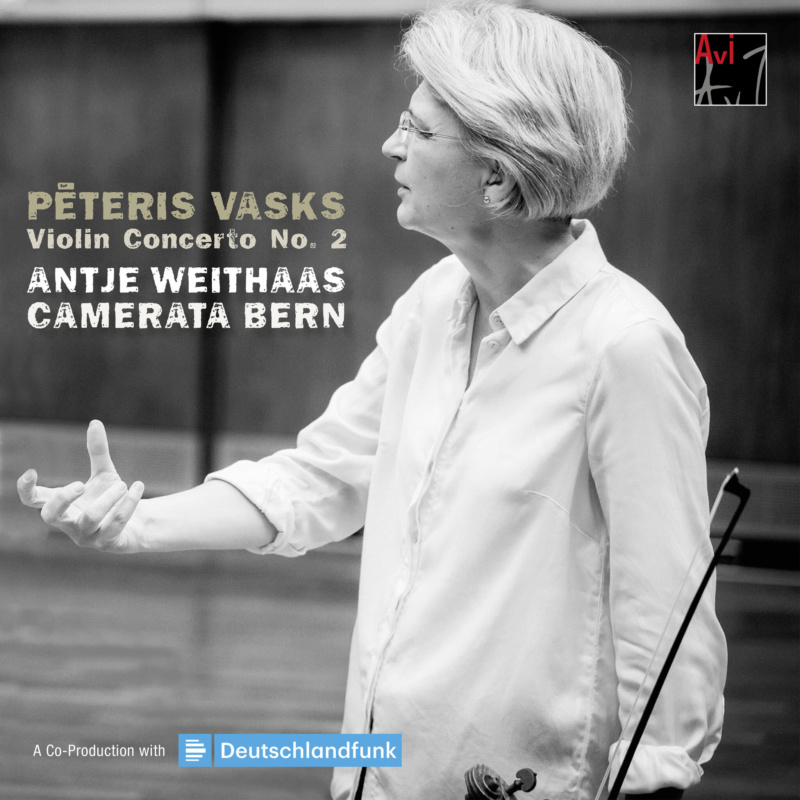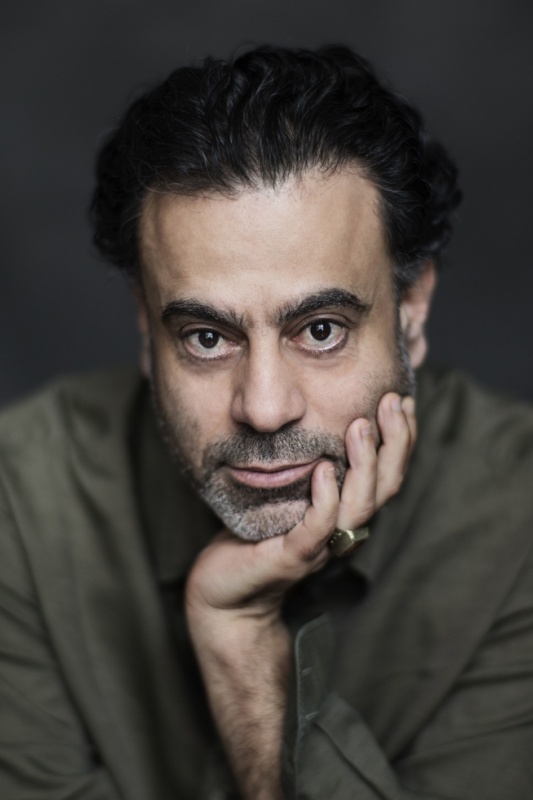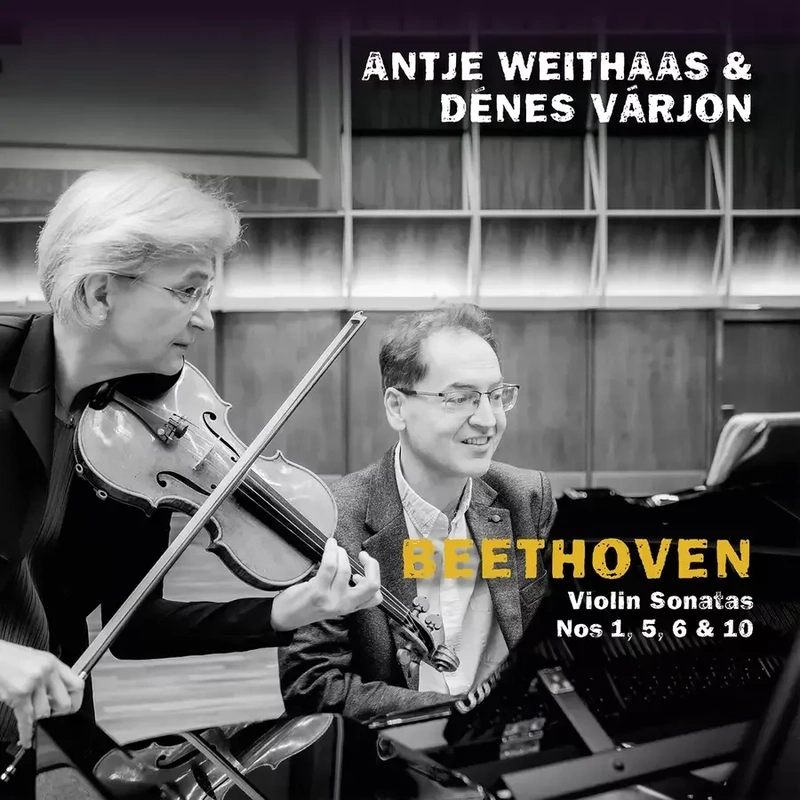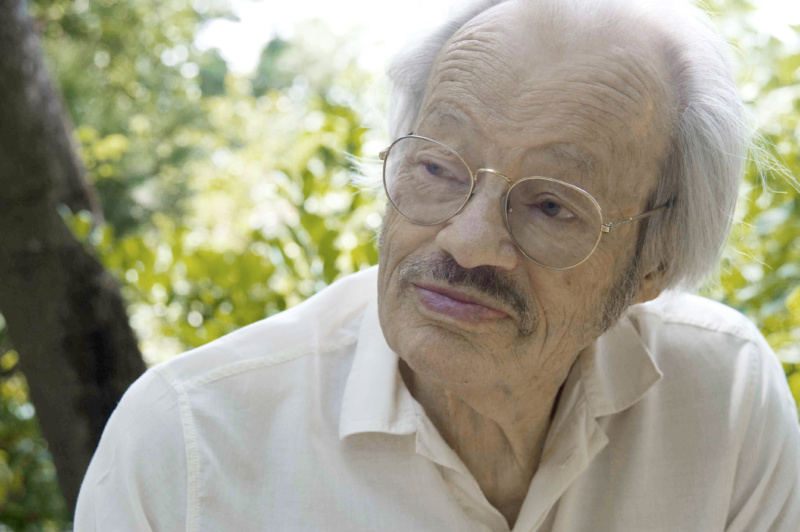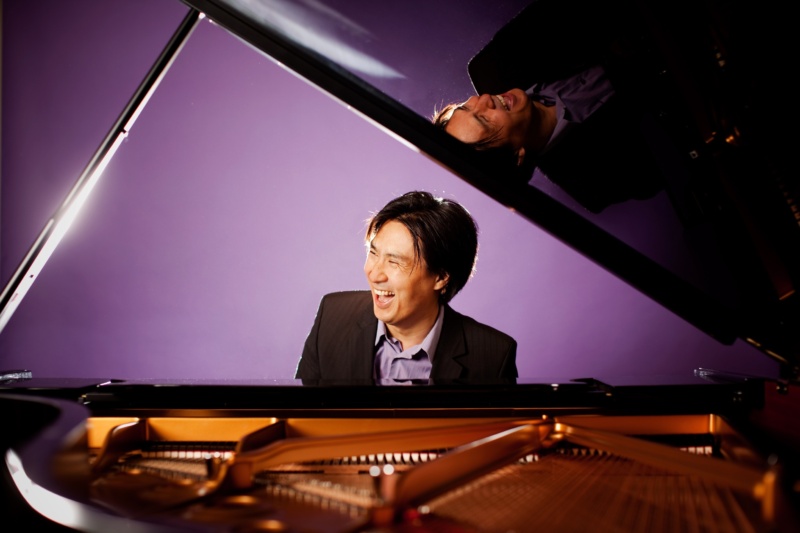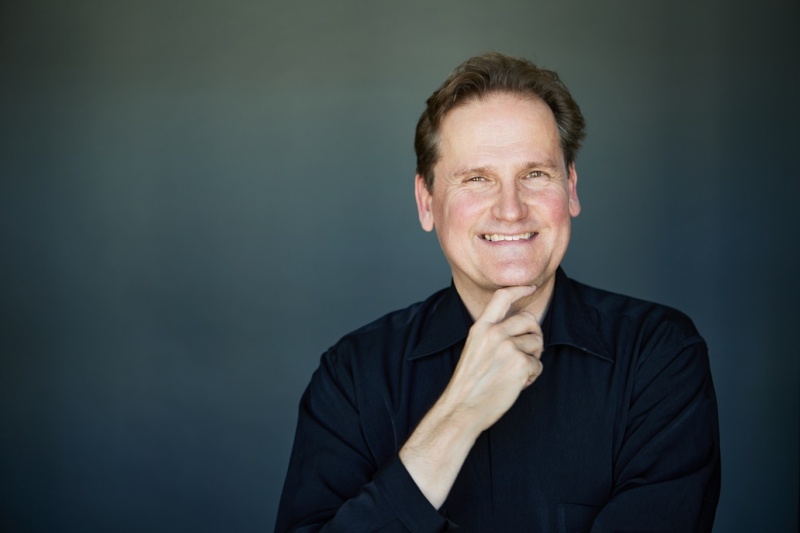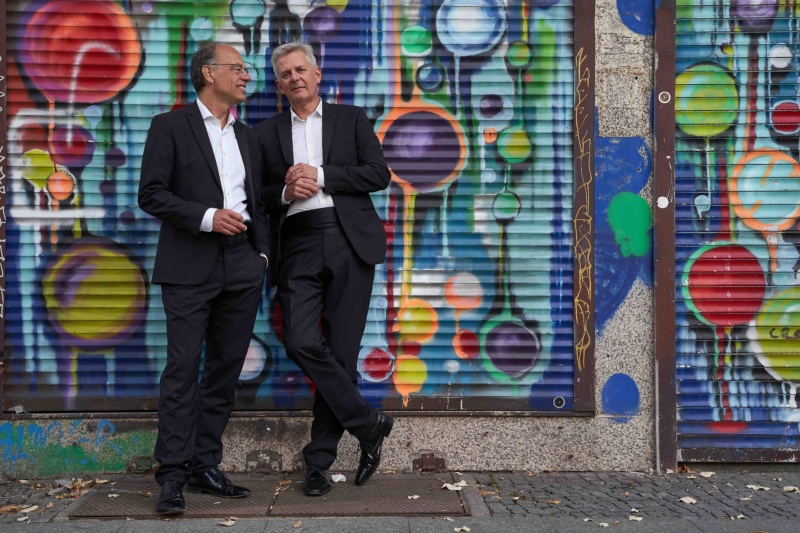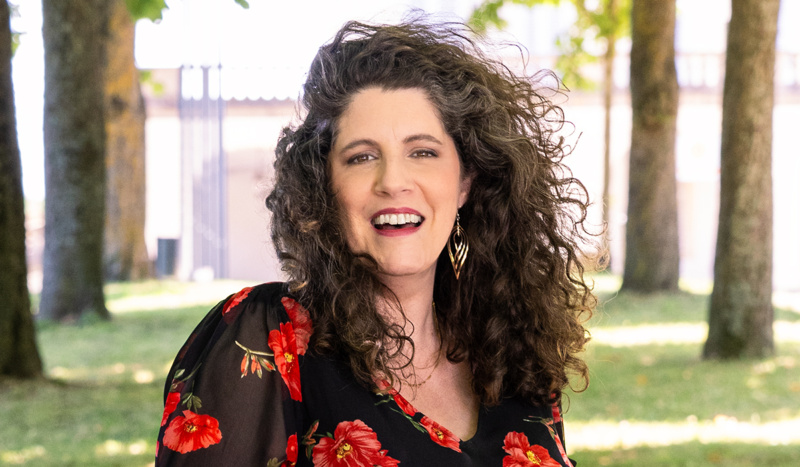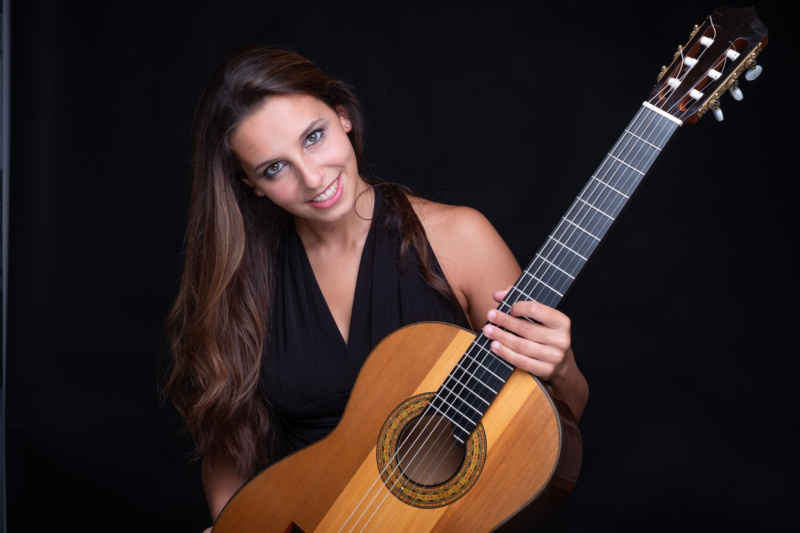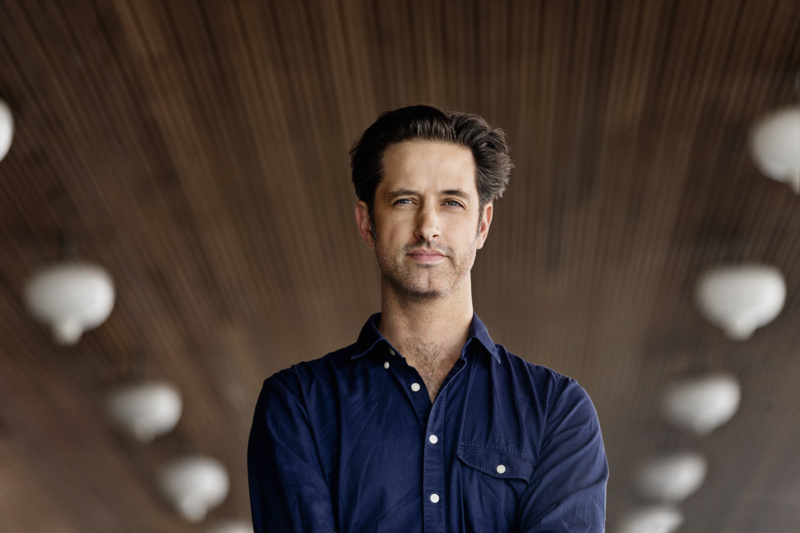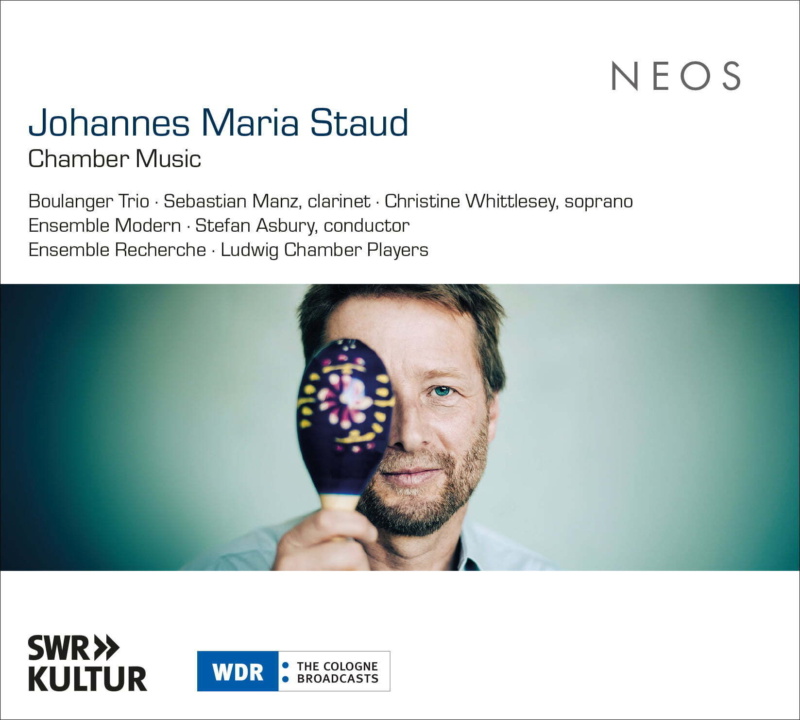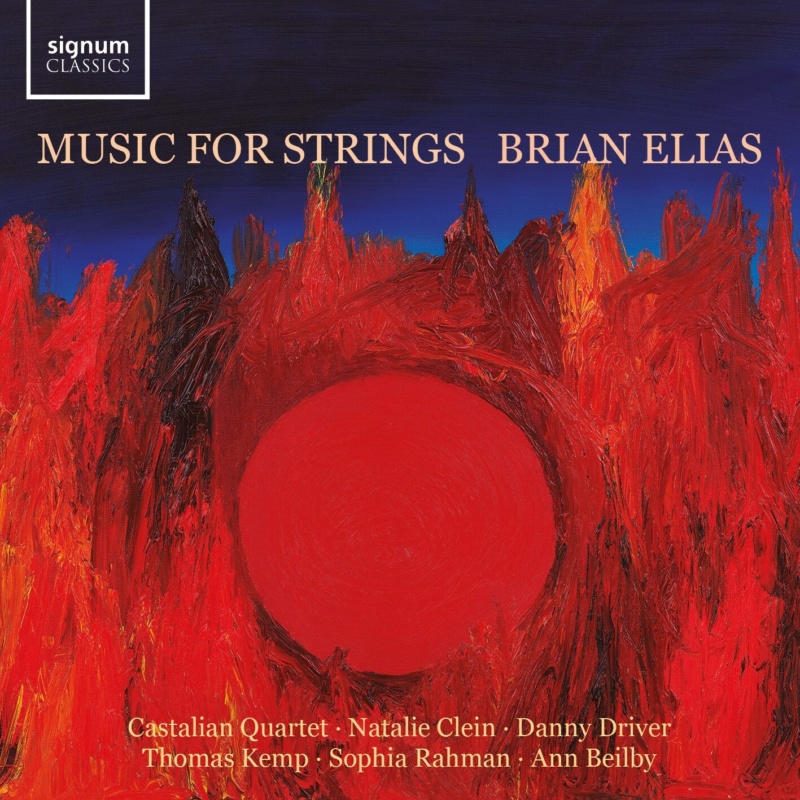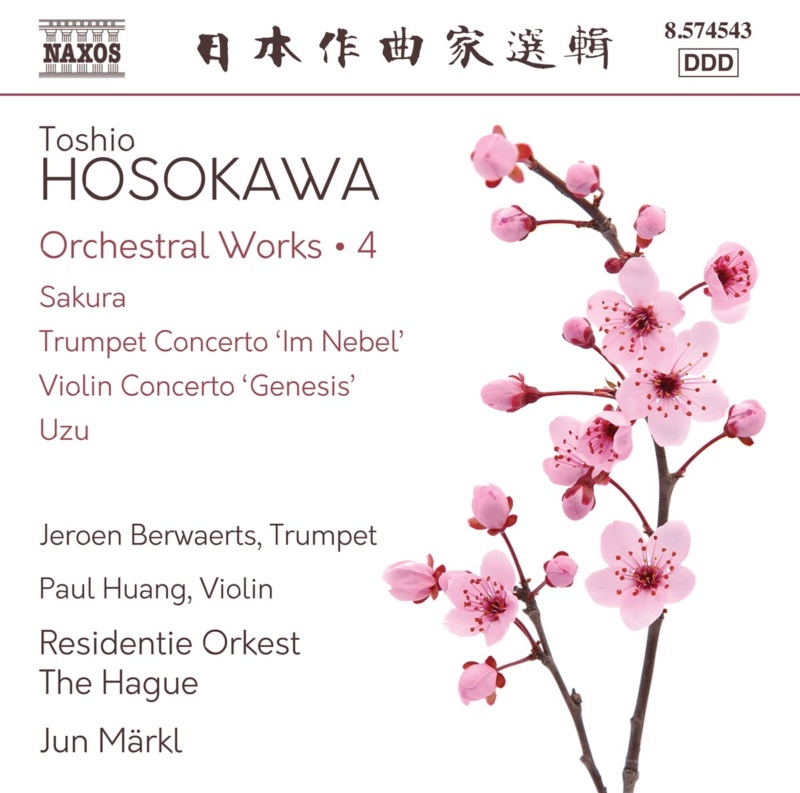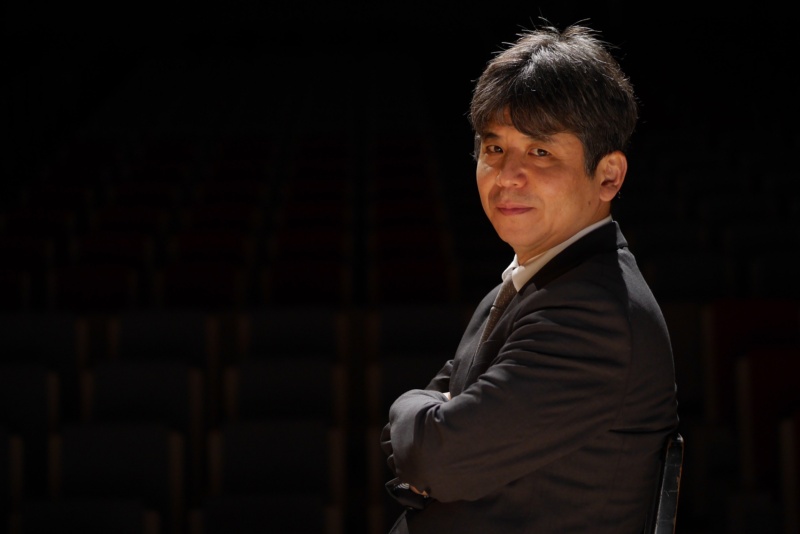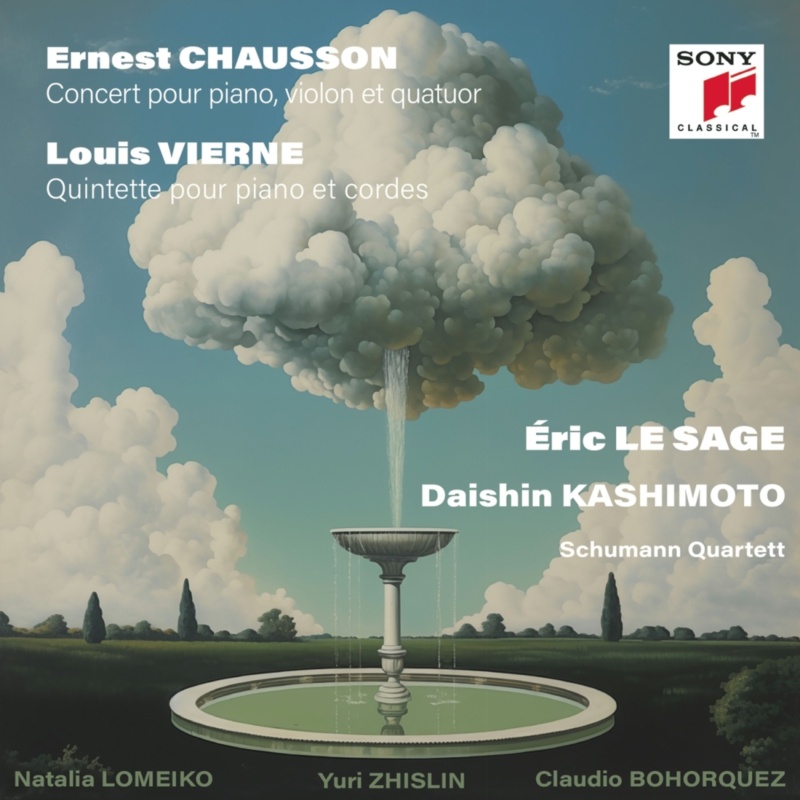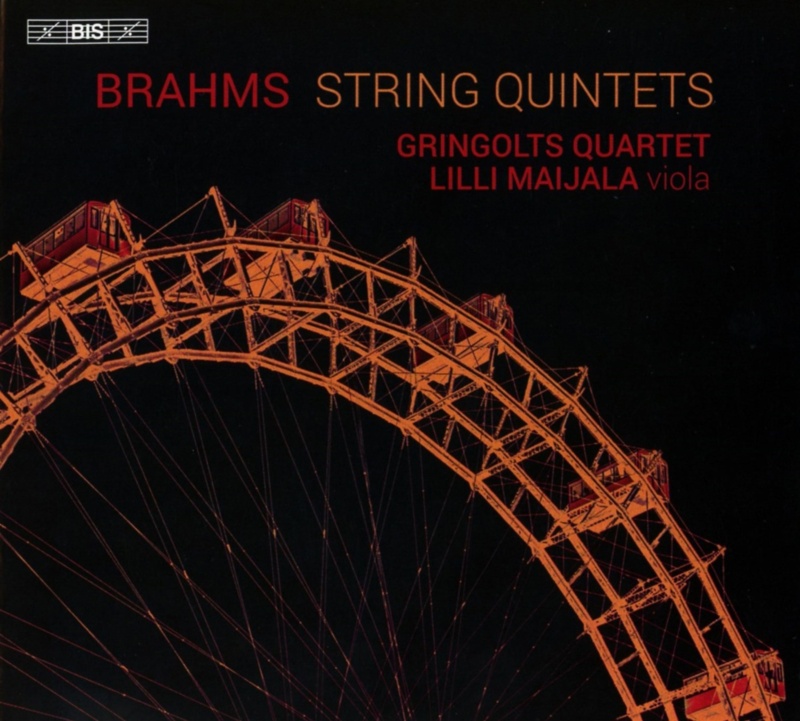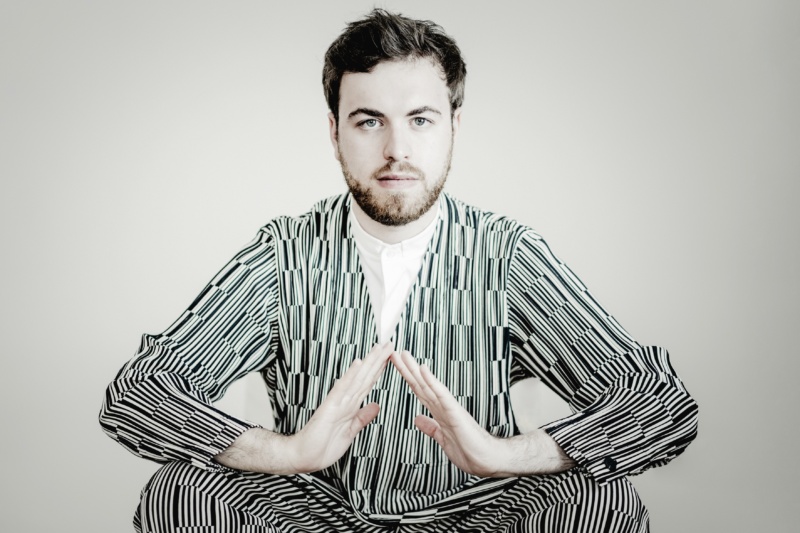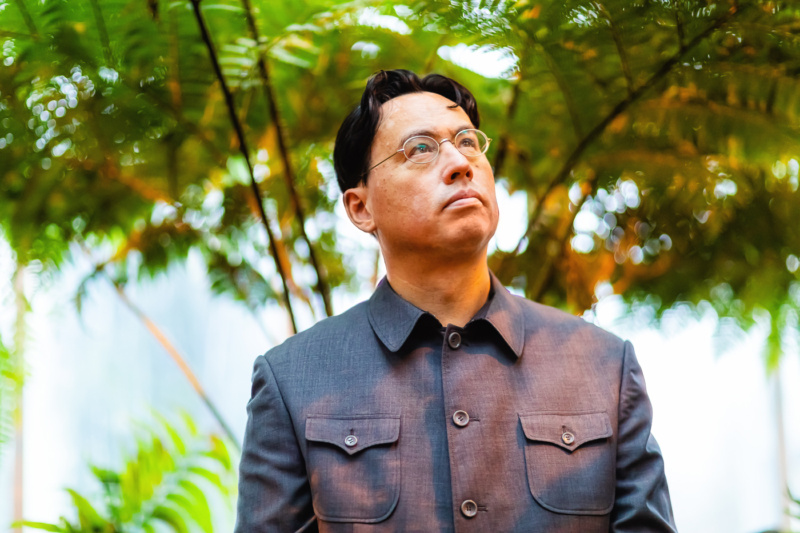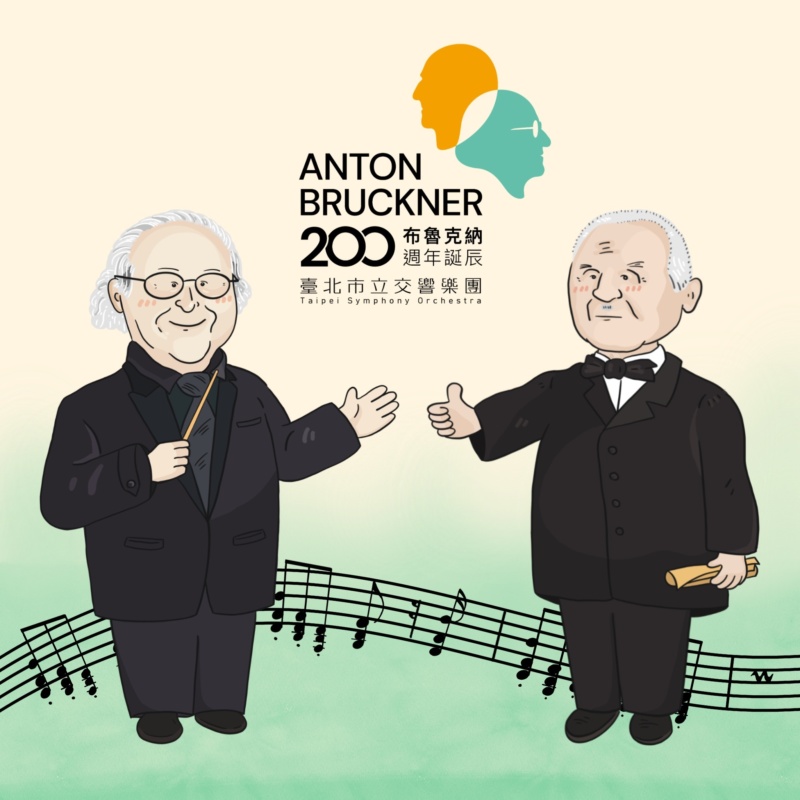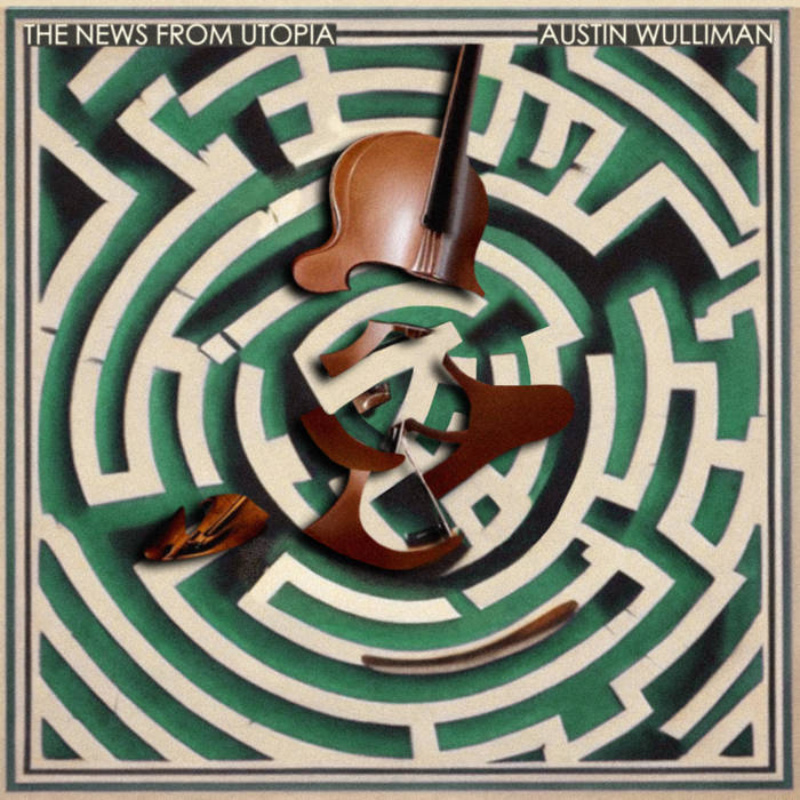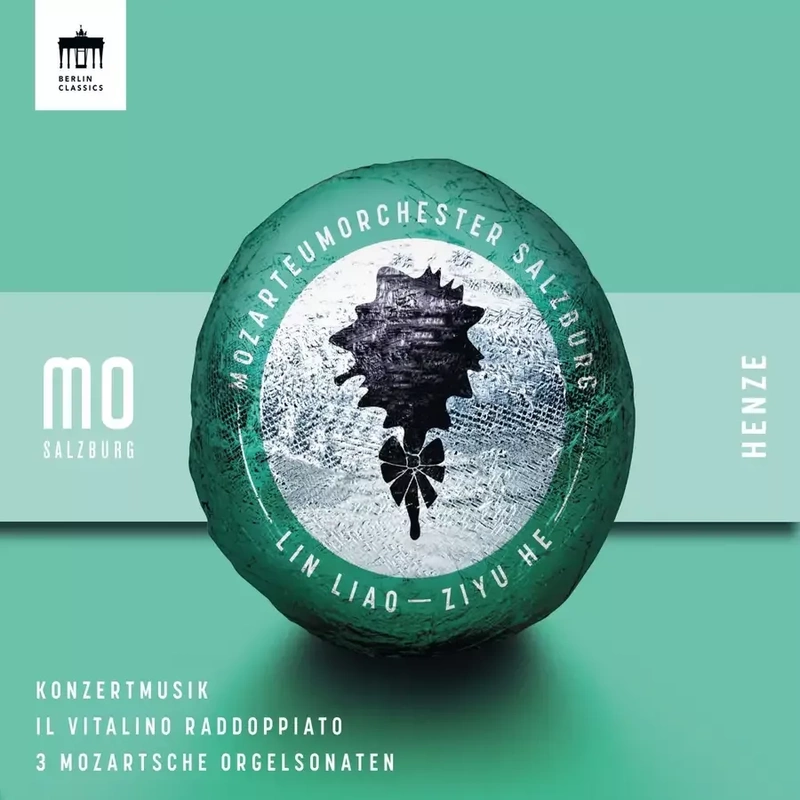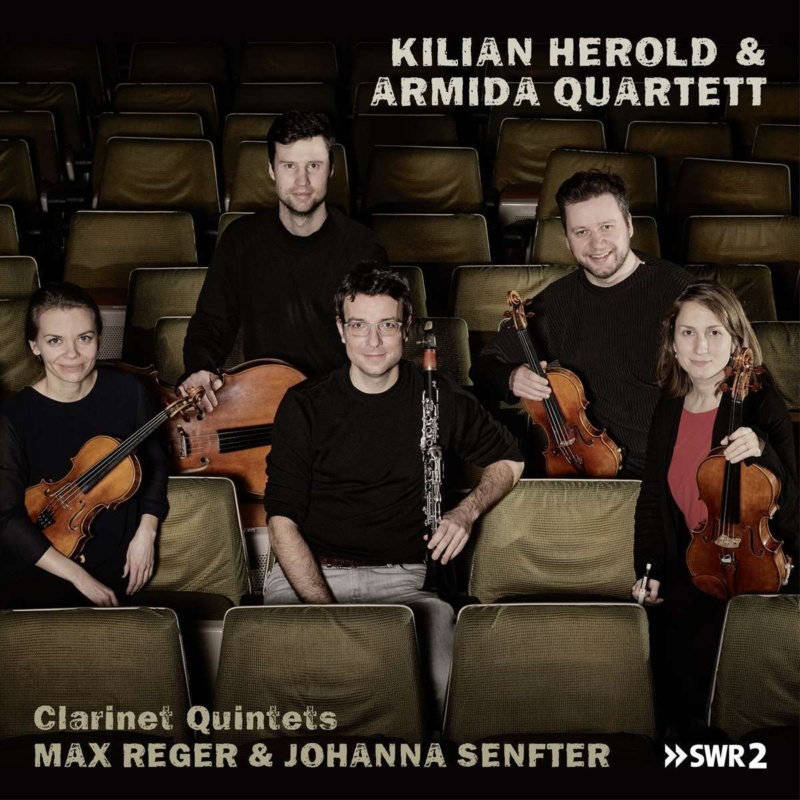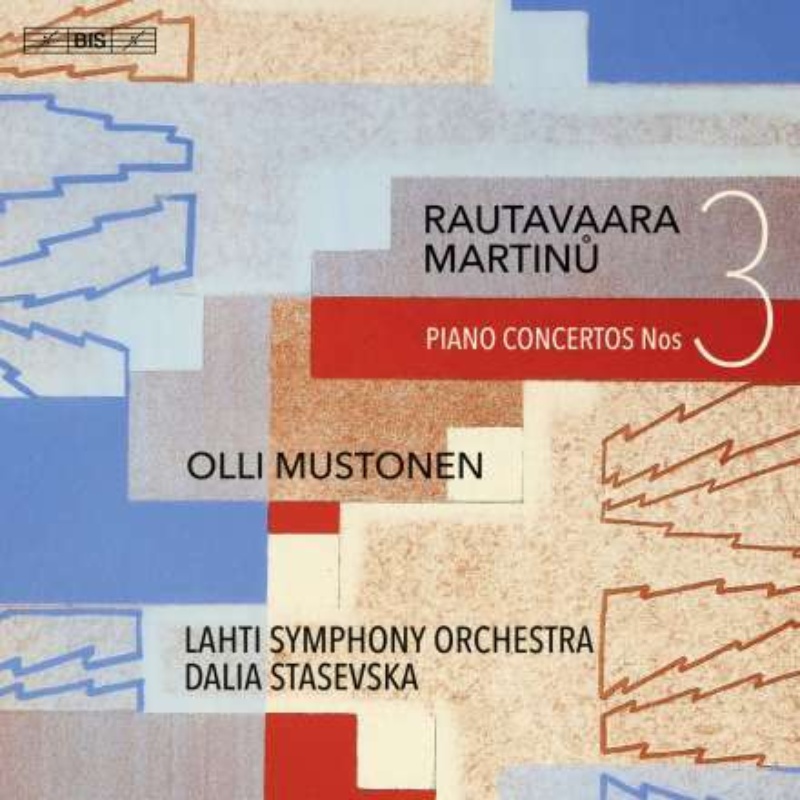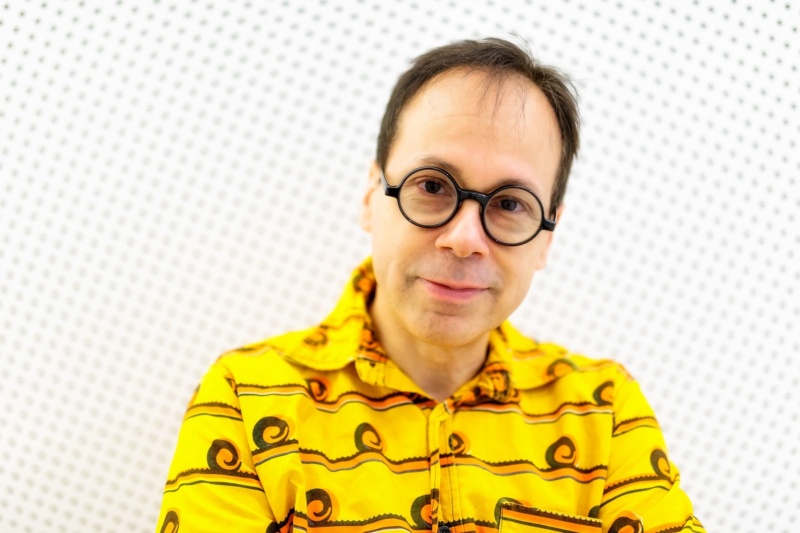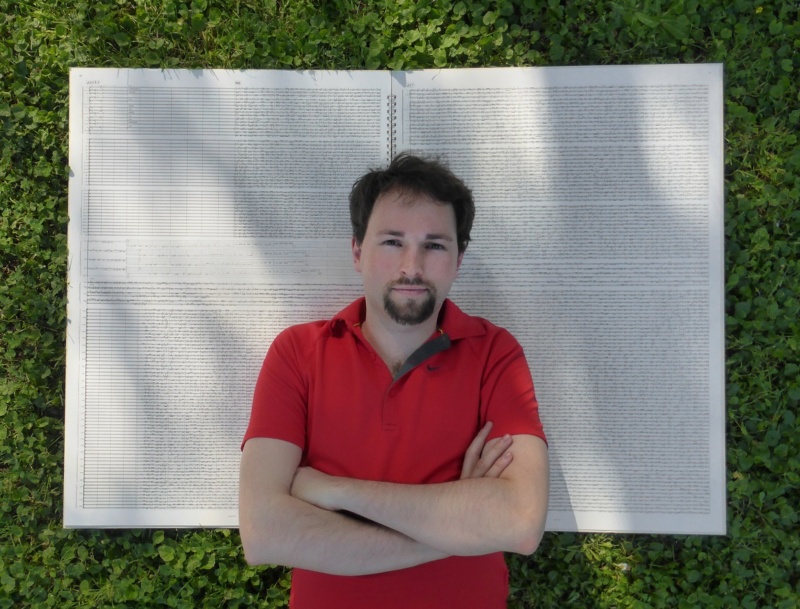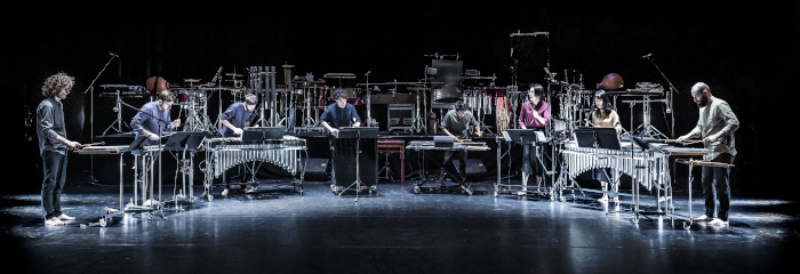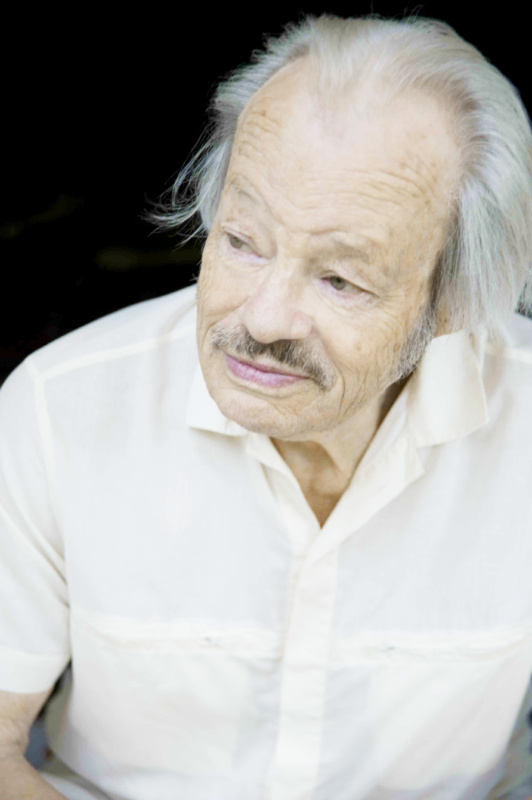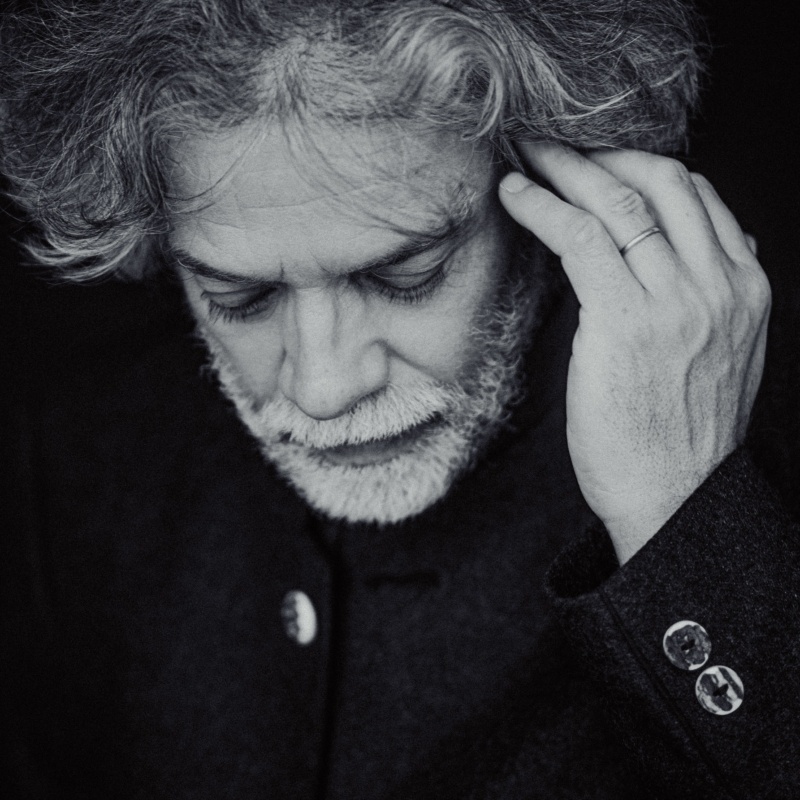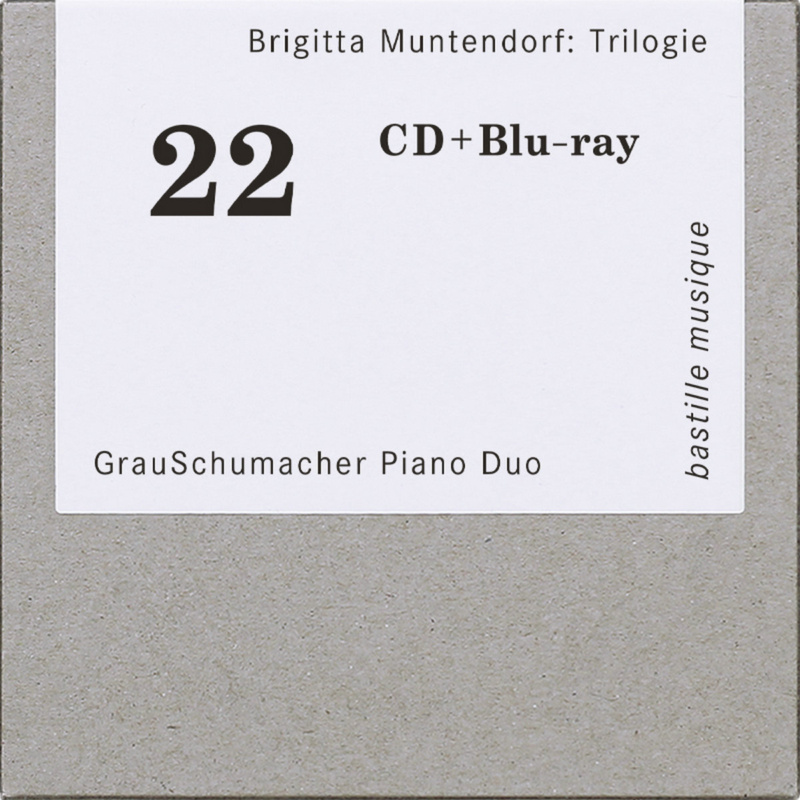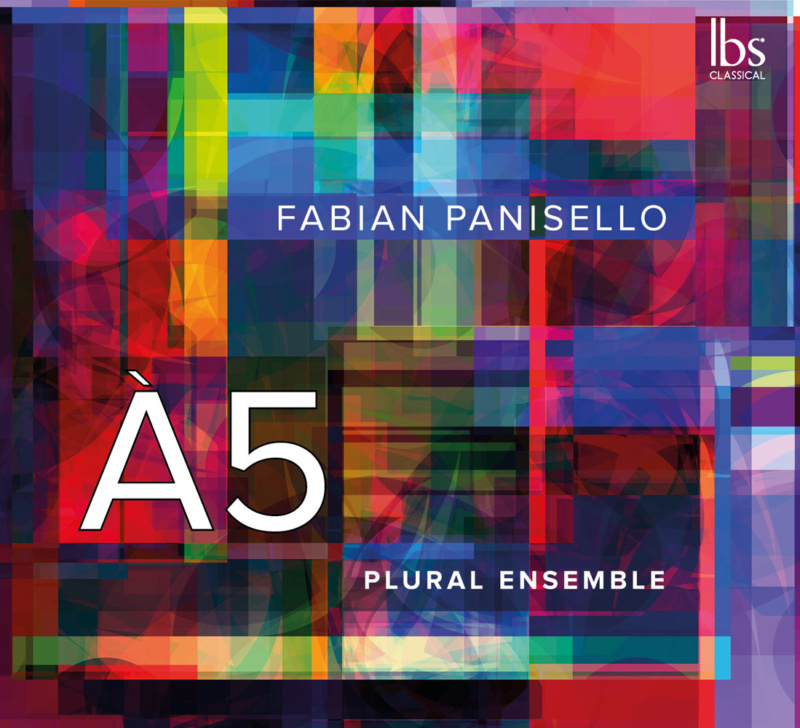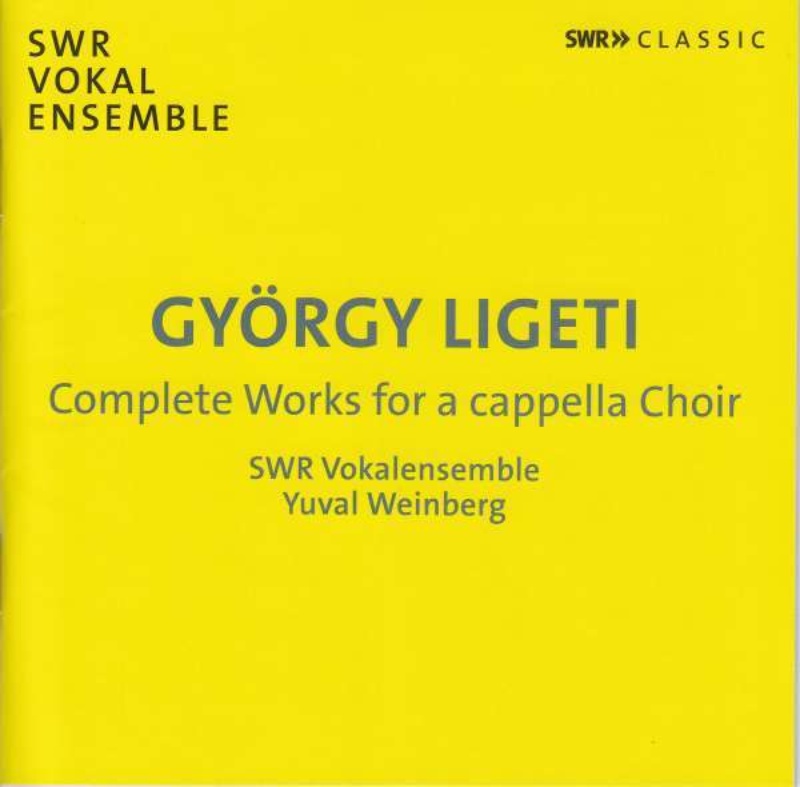His journey started in Finland at a very special time. “I was born into a lucky generation,” he explains. “This was a time when the windows to the world were more open than before and perhaps even more so than later on. There were many like-minded people my own age who were interested in being more than just one thing; the cellist, the pianist or the conductor. We saw that being a musician can mean many things.” This lucky generation includes Anssi Karttunen’s contemporaries Esa-Pekka Salonen, Magnus Lindberg and Kaija Saariaho, with whom he started his voyage of discovery.
“It felt absolutely natural to start playing the music that my friends were writing” – so he describes his first encounter with new music. Even after giving the world premiere of over 160 new works, things have hardly changed – the cellist counts many of the composers whose works he premieres as personal friends, brought together by repeated collaborations. In every piece, he finds a whole new world. “The fact I’ve played many new pieces is of no importance in itself. It is rather the continuation that is important, that every year I still make sure I play some composer or style of music I haven’t played before.” This is not merely completism, rather a symptom of an insatiable curiousness. “We all have our tastes, our limits. I don’t pretend I’m more open-minded than anybody else. I just try not to close doors before I’ve seen the room behind. All of my experiments with different repertoires are part of who I am today.”
Anssi Karttunen’s search for uncharted territories has led to unusual projects such as the trio Tres Coyotes with Magnus Lindberg and Led Zeppelin legend John Paul Jones, as well as many new works. On his current schedule are works by Thierry Pécou and Benoît Mernier, which he will bring to life at the Festival Présences in Paris; an afternoon meeting with Betsy Jolas about her new cello concerto; and a long list of upcoming premieres. Yet this adventurousness doesn’t just apply to new music. “Recently I have been revisiting repertoire that I have been playing for over 30 years – for example, the Schumann and Dvorak concertos – to try and completely re-learn the vocabulary that I have maybe taken for granted. Without old prejudices, these pieces appear fresh and new once again.” He constantly widens his perspective through collaboration with people that fascinate and challenge him musically. “One of the things I am developing at the moment, influenced by meeting John Paul Jones, is an electric cello program featuring improvisation and electronics. After I’ve been working on that for a few hours, when I turn to my other music stand and look at the Bach suites or the Brahms sonatas I’ve been playing with Nicolas Hodges, I find something completely new.”
He met John-Paul Jones – a genre-defining and boundary-breaking musician from a totally different musical world – coincidentally in a hotel bar. “After a few minutes of talking to each other, we knew we needed to do something together. We knew it wasn’t going to be simple, because we first had to invent a whole new musical world. But there’s nothing more fascinating than that.” His interdisciplinary encounters with other artists present similar challenges. “When I meet a pianist, for example, we have lots of sonatas to play together. But when I met choreographer Diana Theocharidis we realized that nothing existed for us to work together on, so we had to create it. This process has now lasted 15 years. Every time we finish one project, we are already talking about the next one.”
Giving the world premiere of a major new work must be simply another day at the office for a musical adventurer such as Anssi Karttunen. His coming performance of Oliver Knussen’s new cello concerto with the Los Angeles Philharmonic, for example, can be seen as a reunion of close friends and an orchestra with whom he has already performed a wide variety of repertoire. Not quite so simple, says the cellist: “the moment we sit down for the first rehearsal of a new piece, we are all in a completely new situation.” Anssi Karttunen is fascinated by this first step in bringing a new work to life. “Just a short while ago in Porto, in the first rehearsal of my very close friend Pascal Dusapin’s second concerto, I was in this moment which is simultaneously luxurious and scary. You are completely naked but at the same time you feel completely safe, because you are working with people that you love. In these exciting moments these two extremes come together.” This experience is not limited to new works, evidenced by the first time he collaborated with Brad Lubman, performing Schumann’s cello concerto in Porto. “When we came together we realised we both had the same kind of fascination for this piece. Putting it together was really like playing a new piece: everybody knew every note, but still everything seemed new.”
This dialogue between the familiar and the new is also present in the cellist’s transcriptions, which he works on in intensive phases. “I am not a musicologist, so the best way of getting into a piece is to work with it. If I transcribe Brahms’s Handel Variations, for example, I do it partly in order to play it with my string trio, but also to understand Brahms’s mind, to learn about the piece and about how a composer transforms his ideas for each instrument.” Another way in which he breathes new life into his repertoire is through the special attention he pays to forgotten works. “This comes from the old stereotype that the cello is an instrument with a small repertoire” – a cliché belied by Anssi Karttunen’s extensive repertoire list. “The cello has a huge amount of repertoire, just like any other instrument, most of which is forgotten or ignored, because the way world works is that the famous standard pieces are the ones everybody wants to hear. One of our big responsibilities as performers is of course to take our instrument further with new pieces, but also to give all the pieces that have already been written a chance.”
Anssi Karttunen’s all-encompassing view of what music means in our lives and what the role of a musician can be has been honed by his work behind the scenes: as Artistic Director of the Avanti! Chamber Orchestra, the Suvisoitto Festival in Provoo, the Helsinki Biennale and the Musica Nova Festival Helsinki. “When I first started as an Artistic Director, I had no idea how much it would influence my own work. Now I can’t imagine not having had this experience. I keep telling musicians to seek out an opportunity to learn everything involved in putting on a concert. A concert is not just about the soloist – their career, interpretation and success – but rather about so many different things. Every decision you make affects the whole experience.” Much like in his music making, he takes this work as an open field for inventiveness. “You can deal with the realities and partners and still remain creative. Haydn had to write 126 baritone trios for Count Esterhazy, but made it into a creative process. There are many musicians throughout history who have done creative things in surprising conditions. You must not play down to an audience. I hate those who fall into the trap of trying to imagine what the least interested listeners would be comfortable with. We have to challenge ourselves to constantly push the limits a little bit and to do things that are so artistically exciting that people just can’t stay away.”
His approach to passing on his wealth of experience to young musicians is just as creative. The difficulties he has had with big institutions since a young age have provided the impetus for a different way of teaching. “I wanted to learn but wasn’t interested in exams, so I left the Sibelius Academy without graduating, and studied privately with people I was interested in. I was so curious about what was happening around me that I never wanted to stop studying and learning, and this attitude still keeps me going today. I am interested in sharing ideas and continuing this circle of learning that I have been a part of.” Excluding masterclasses, he long avoided teaching at the main music conservatoires. “For the last four years I have been teaching in the only private conservatory in Paris, the Ecole Normale de Musique, as I was looking for less institutional environments.” Given the choice between committing time to students or working with composers, he used to favour the latter, before he found a way of combining both. His vision of a freely structured and self-determined learning environment with an emphasis on artistic encounters is something he has been developing since 2008 within the workshop series Creative Dialogue, presented in co-operation with the Sibelius Academy. Here, young composers meet young performers to work on their own music, supported by Anssi Karttunen and other high-profile musicians and composers. “I tried to re-create the kind of environment that I myself found to be most creative: jumping into a real life situation where you can ask any question you want. In order to really learn, we have to become our own teachers. It is only through personal discovery that you can really profoundly move ahead.” For most participants, this is a wholly new experience. “They find themselves in the situation I was in Finland with my friends Magnus, Kaija, Esa-Pekka and others. We just started learning from each other. Everything was allowed and nobody ever said anything was impossible. This is in fact what music has always been about, what happened when the young Brahms or Beethoven met their colleagues. This is how artistic creation really moves forward.”
February 2018
Nina Rohlfs, translated Sam Johnstone
